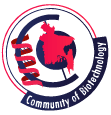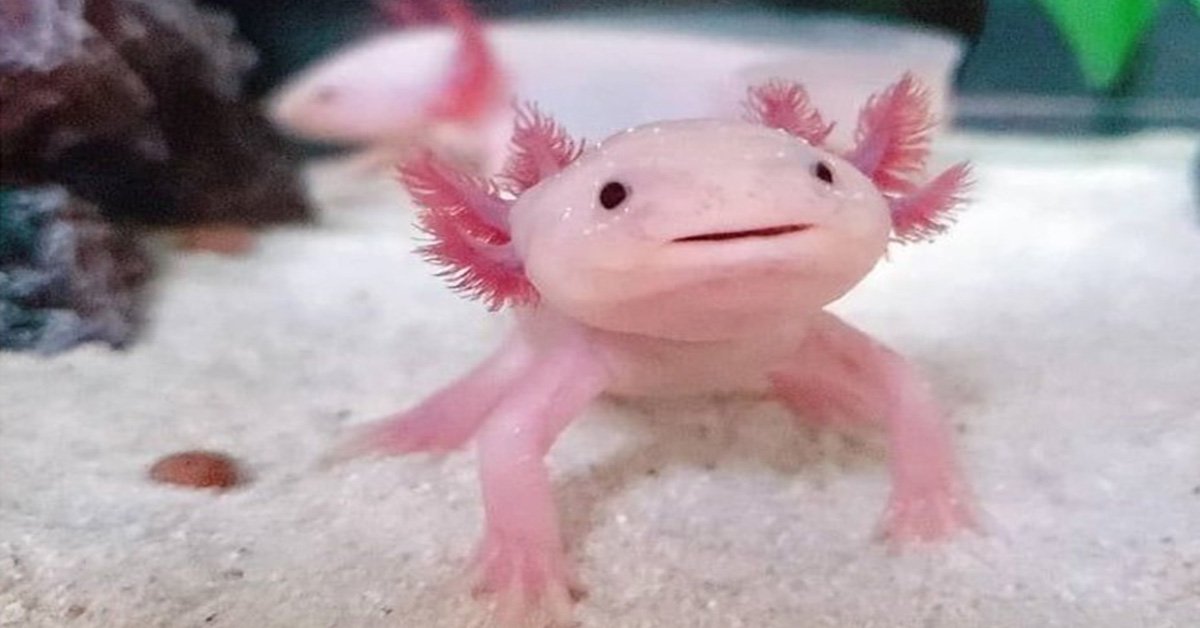Strange, but endearing, the Axolotl (Ambysoma mexicanum) is a type of tiger salamander that is paedomorphic (that is, it retains its juvenile features throughout adulthood) native to the lakes of Mexico. Coming in a variety of hues such as pink,white, black and cream, according to ancient myth, this quirky salamander is actually a long lost Aztec god. Currently classified as a critically endangered species, the Axolotl is an integral part of Mexican culture.
Before we delve into the science-y parts, let us get into a bit of trivia. According to ancient Aztec myth, Xolotl was the god of fire, lightning, sickness and deformities. One day, while creating the Sun, the Aztec gods found out they could not get it to move. After racking their brains, they decided that the onlyp ossible solution would be to sacrifice the god Xolotl (insert disappointed-man-meme here). As an escape attempt, Xolotl disguised himself as a maize plant, then an agave, and ultimately a salamander-giving us the Axolotl.
Aside from its unusual appearance, history and endangered status, the most unique aspect of an axolotl can be attributed to its ability to regenerate almost any part of its body, including parts of its brain and spinal cord. As such, the Axolotl has become a thoroughly studied model in the field of regenerative medicine, and is currently being used to understand and potentially treat age-related health issues in humans.
Regenerative medicine is an interdisciplinary field that has the potential to heal or replace tissues/organs that have been damaged by the onset of senescence, disease, etc by applying engineering and life science principles to promote regeneration and restoration of injured tissues and organs. It encompasses tissue engineering, bioprinting, stem cell therapy, etcetera.
Regenerative medicine can also involve leveraging the body’s innate immune response to promote regeneration. However, adult humans have limited regenerative capacities, particularly compared to lower vertebrates like the Axolotl.
Axolotls show similar age related phenotypic changes as humans. However, they retain the ability to regenerate complex structures throughout their lives. Although this regenerative capacity in Axolotls decreases with age, it still far exceeds those of mammals. Therefore, they appear to be somewhat resistant to age-related mechanisms that bring about senescence and decrease in regenerative abilities in humans.
One of the recent advancements of technologies for studying regeneration in Axolotls has been sequencing the entire genome of the organism, which is extremely large- standing at 32 Gb. The sequence has revealed that numerous coding and non-coding sequences that play a role in regeneration are specific to the species and are absent in mammals. The information from the genetic sequence may help us understand the genetic requirements for regeneration.
Although we still have a lot to learn about the regeneration mechanism in axolotls, several aspects of this biological process has the potential to aid in developing therapies for age-related problems in humans as well as lead to greater advancements in regenerative medicine.



0 comments